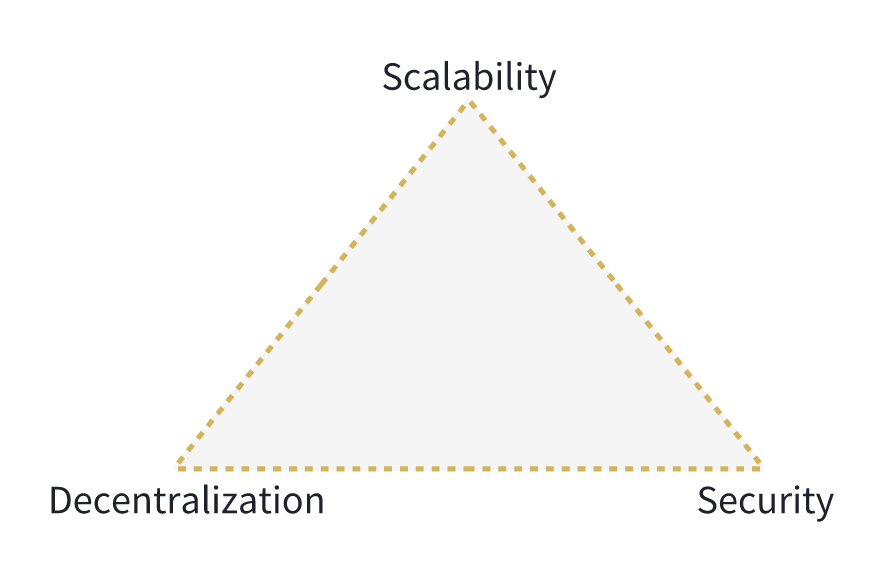Introduction
The evolution of public blockchains has transitioned from Bitcoin's achievement of trustless, peer-to-peer transactions to Ethereum's programmable capabilities. Today, platforms like Cosmos and Celestia enhance throughput and scalability, addressing the Blockchain Trilemma of decentralization, security, and scalability. Modern demands emphasize maintaining robust security alongside scalable operations.
Addressing future challenges for over one billion users, Chainbase integrates modular technology from inception, positioning itself as a high-throughput blockchain with exceptional performance and scalability. This article explores Chainbase's dual-chain architecture, modular design, and integration with Cosmos and EigenLayer.

Dual-Consensus Architecture Overview
Chainbase's dual-consensus architecture comprises the Execution Layer and the Consensus Layer. The Execution Layer manages transactions and data storage, while the Consensus Layer ensures network-wide consensus. The process includes data acquisition from various blockchains, processing via the Execution Layer's Application-Specific Virtual Stack (AVS), and consensus achieved through Cosmos CometBFT (Tendermint-based) technology. Processed datasets support diverse applications such as DeFi, AI, Social, and NFTs.

Advantages of the Execution Layer
The Execution Layer excels in large-scale data processing and complex transformations, leveraging:
- Parallelization: Enhancing performance and throughput via data and task parallelism.
- EigenLayer AVS: Enhancing decentralization and economic security while balancing performance and security.
- Programmable Environment: Providing developers with a flexible platform for complex tasks and applications.
Advantages of the Consensus Layer
The Consensus Layer ensures data consistency across nodes with:
- Immediate Finality: CometBFT ensures final data visibility upon inclusion in a block.
- Proven Robustness: Battle-tested reliability protecting assets across blockchain networks.
Modular Design and Integration
Chainbase achieves high performance, scalability, and security by integrating Cosmos SDK and EigenLayer:
- Cosmos SDK: Facilitates custom blockchain application development and Inter-Blockchain Communication (IBC).
- EigenLayer: Enhances economic security during parallel processing within the dual-chain architecture.
Dual-Token Staking Mechanism
Chainbase enhances economic and operational security with a dual-token staking mechanism:
- Stable and Native Tokens: $ETH and native $CBT tokens ensure economic and operational network security.
- Stakers and Operators: Secure the network and ensure stable operations, separating economic and operational security.
Conclusion
Through continuous innovation, Chainbase pioneers blockchain data processing and applications. Its dual-chain architecture, modular design, and dual-token staking model ensure robust performance, security, and economic viability. As blockchain evolves, Chainbase sets high standards for broader application and industry leadership.
---

